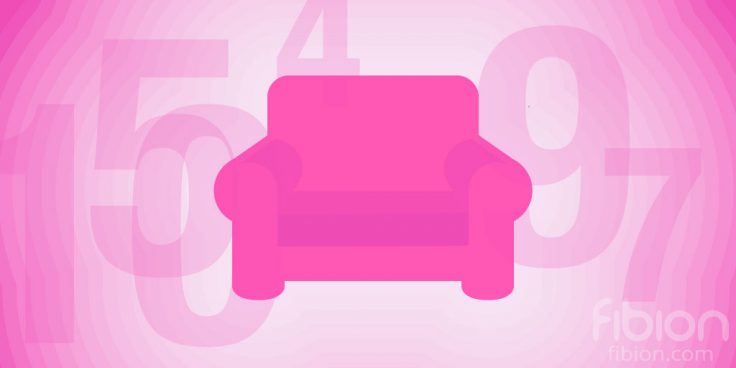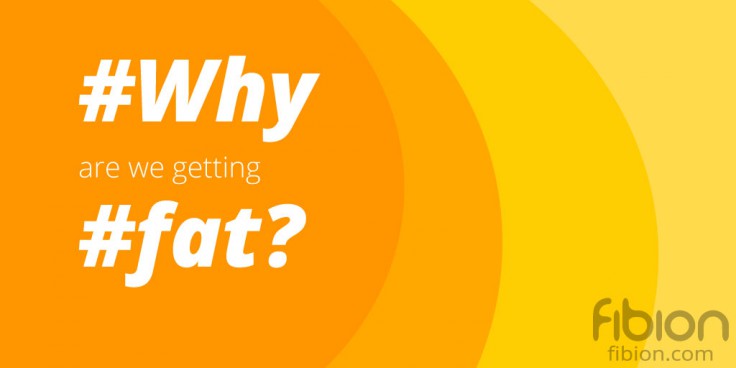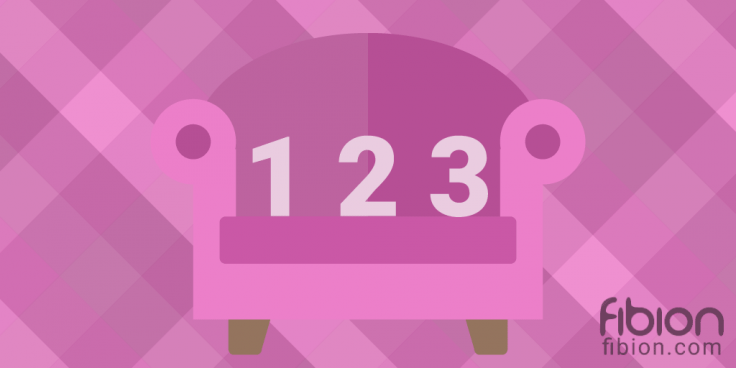
Energy Metabolism: Move Only When You Must, Rest When You Can
In order for us to better understand how our bodies function, we should examine it with historical perspective regarding the physical demands of the surrounding environment. Physical activity was required in order to find food, which is essential for survival. As successful hunting was never ensured, alternating times of feast and famine were normal in ancient jungle camps. Similarly, the volume of physical activity fluctuated with hunting success. In order to survive these fluctuations, our bodies learned to adjust economically and effectively. The more our bodies were able to store energy when it was available and the less our bodies wasted energy; the more energy was available during challenging times. If energy is efficiently stored as fat it can be used more effectively as fuel during the famine. This fluctuation in energy balance still plays a central role in our bodies’ function. When we go into a state of negative energy balance, a number of physiological, biochemical, and behavioral changes occur. Our bodies begin to breakdown muscle, which is transformed into energy for our nervous system. In addition, our level of spontaneous physical activity decreases such that we can conserve energy for more important tasks like staying conscious and staying alive.
When food is available and energy balance is positive, we try to conserve energy as efficiently as possible because our conservative bodies are always planning for the future. When we do not use our muscles, consumed energy is transformed efficiently into fat. The reason for this transformation is insulin resistance that develops in the muscles. This means that the function of insulin, which shifts sugars that are circulating in our blood into a substrate that is usable by our muscles (glucose), is blunted and energy is not expended in vain. When we use our muscles, this transfer of glucose is only to the working muscles so that we do not waste unnecessary energy.
In addition to conserving energy, it is smart to consume as much energy as possible. What might be a better source of energy than fats and sugars? Fats feel good in our mouths and help to combine satisfying flavors for our taste buds to enjoy. Eating fats activates the pleasure centers in our brains and perhaps unfortunately, sugars work in the same way. When we examine these facts with some historical perspective, this mechanism is well supported from a survival standpoint. The more we consume energy and the easier it is, the better we can survive a famine. You see, we kind of have an innate feeling that encourages us to “move when necessary, rest when possible”. Hunger, or at least the threat of food running out, is a strong motivator to move. Before, these amazing characteristics of our bodies were essential for survival, but nowadays they have been exposed to a society of people who sit and that eat fatty and sugary foods. Time and effort are no longer needed to acquire food because food is always available. Cheap sources of food that are high in energy content enthral our bodies while sitting all day ensures that this energy is efficiently stored. Unfortunately, our bodies have not had enough time to develop a mechanism to deal with an overabundance of energy, so the burden is on our shoulders or on our stomachs. Our rock-age genes have been brought into a space-age environment. Becoming fat is the natural response from our bodies.




